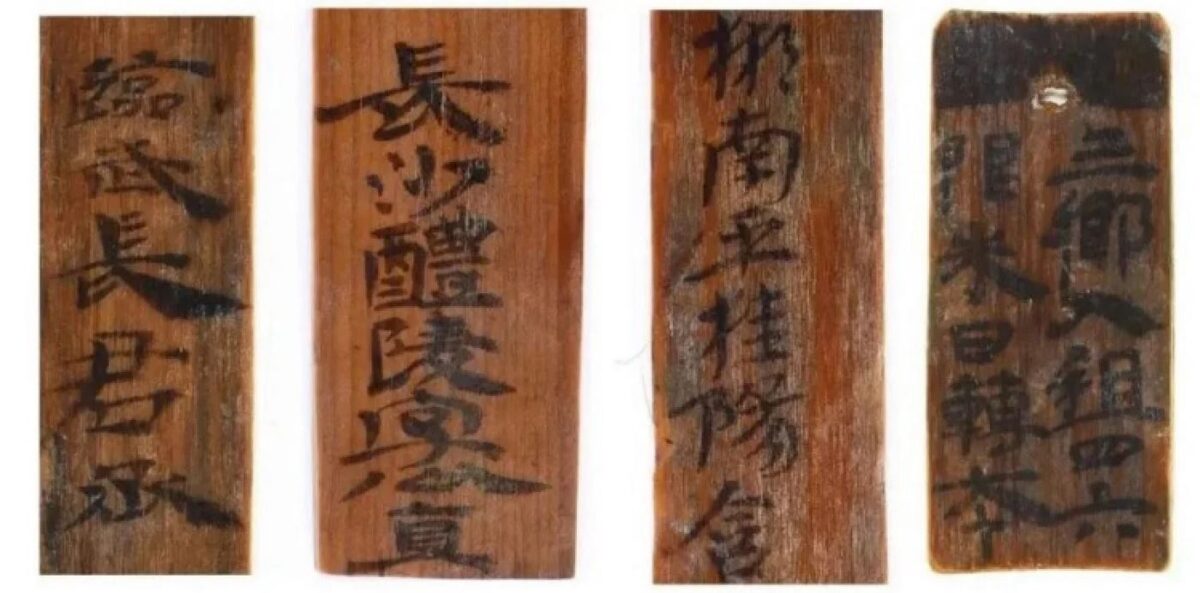Bamboo Slats Reveal Ancient Governance

A significant discovery occurred in central China: an ancient collection of literary records emerged from an old well. Dating back to 220 AD, these 10,000 bamboo slats, inscribed with Chinese characters, shed light on the governance of a nearby town during the Three Kingdoms Period.
These relics provide context for the creation of the renowned Chinese epic, Romance of the Three Kingdoms, narrating the tumultuous conflicts among the lords and soldiers of three states following the decline of the Qin Dynasty. Originating from the kingdom of Wu, indicated by references to the Jiahe era under the reign of King Sun Quan, these bamboo records offer insights into household registration, agriculture, mining, and economic activities in Dutou.
Bamboo slats, known as Jiandu, served as the primary writing medium for millennia before the advent of silk, rice paper, and wood paper. Recovering 300,000 Jiandu from various periods has added a wealth of ancient Chinese writing, still accessible and intelligible today.
The Dutou records meticulously detail taxation imposed by the central government and its allocation. Excavations around Dutou, conducted during road repairs, revealed over 300 infrastructure features, including roads, moats, tombs, houses, and workshops, adding layers to our understanding of ancient settlement patterns.